A reminder of the design philosophies of Citroen, before they were acquired.
The Citroen CX is a perfect example of the strange period that French cars were going through in the 70s, 80s and into the 90s. You may also recognise it as the car that Jeremy Clarkson fitted his white, rectangular mini tower building (name the Leaning Tower of Citroen by Jeremy) onto in the Top Gear episode with the Campervan Challenge.
Launched in 1974, the Citroen CX was produced for a whopping 17 years, split between the Series 1 models (1974-85) and the Series 2 models (1985-91). In the second half of the 70s, Peugeot (Peugeot S.A.) bought out Citroen with an 89% stake and became the PSA Group we know today. The CX and the GS were still selling well, making this car one of the last ‘truly Citroen’ Citroens to exist, as marked by its classic Citroen-esque quirkiness.
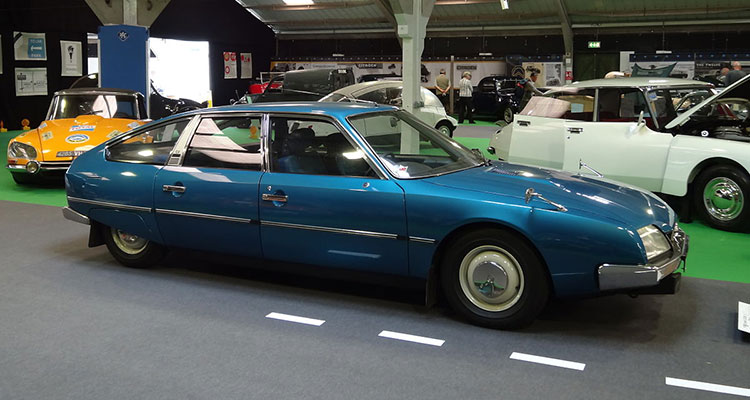
The Citroen CX was a flagship executive car during its time with the top-spec model being powered by a 164-horsepower, 2.5-litre turbocharged engine which was rather powerful for a French car in the 80s. Featuring Citroen’s famous ultra-smooth hydropneumatic suspension and fantastic sloping design, the CX was both another one of Citroen’s engineering feats and a unique and good-looking car. Although it may not have achieved the immortal fame the Citroen DS has, the CX still had a personality of its own and today, stands out as a car that dared to challenge the status quo.
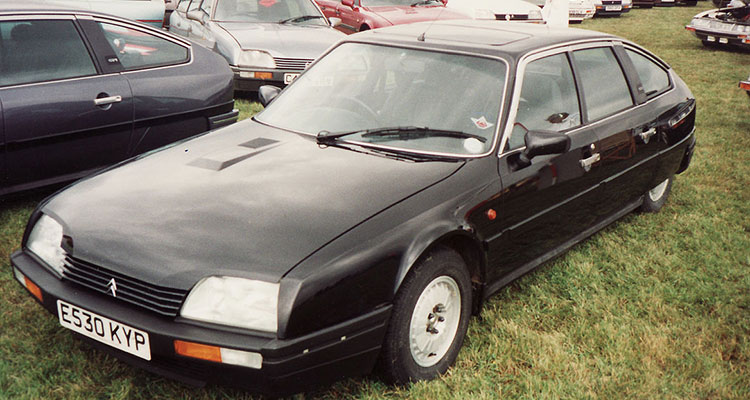
The CX’s personality is perhaps most potent inside the car. With a single-spoke steering wheel dominating the stage that acted as a window to the gauge cluster that was shaped like a UFO. Because the steering wheel was a slim and elegant design, the stalks that would usually be used to operate wipers and indicators had to be redesigned. Instead of stalks coming from the wheel, these operations were buttons mounted near the wheel, which is something you will find hard to see in any other car.
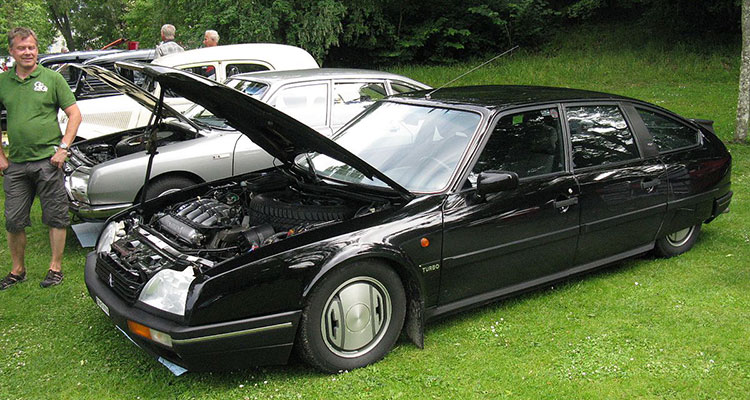
In Prestige models, the CX has expanded interior space thanks to an extra length of 25 cm. These models were praised for their passenger comfort in the 70s and actually offered the most rear legroom for any standard-sized saloon in the world. Also aiding passenger comfort was the self-levelling hydropneumatic suspension which could be manually adjusted from within the car, ranging from a low ground clearance to a high SUV-style ground clearance.
Occupants can enjoy padded leather seats which were subtly bucket-shaped, side sunshades for rear occupants, individual cigarette lighters, rear window sunshades and even footrests for those in the back. It’s of no surprise that the CX was used as a presidential car for Jacques Chirac, a personal car for Grace Kelly and government cars for senior officials of Germany in the 80s.
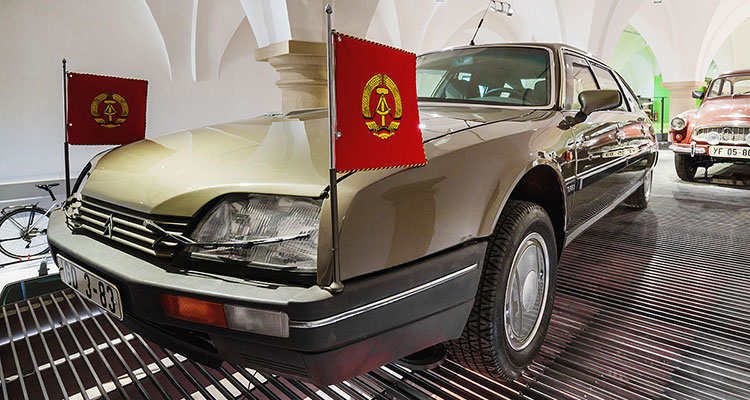
On the outside, the CX featured a teardrop silhouette, covered rear wheels, a sloping roofline and a bonnet vent for turbo models. Prestige models feature badging on the C pillars and turbo models included ‘Turbo’ badges in many places such as the front wheel arch, bonnet, engine block, front and rear.
All in all, today the CX stands as a fantastically weird classic car that reminds us of the design philosophies of Citroen before their acquisition.
Let us know what you think of the Citroen CX, in the comments below!
If you enjoyed this, you may also like: ‘The Average Classic Car Is Only Used 16 Timers Per Year’
Feature image credit: Andrew Bone from Weymouth, England, CC BY 2.0 via Wikimedia Commons
For more articles like this, receive our weekly e-newsletter, including partner deals and all things motoring, register your email below.
Please note: You cannot subscribe to Smart-Motoring unless you put a tick in the checkbox below to indicate have read and agreed to our privacy policy.



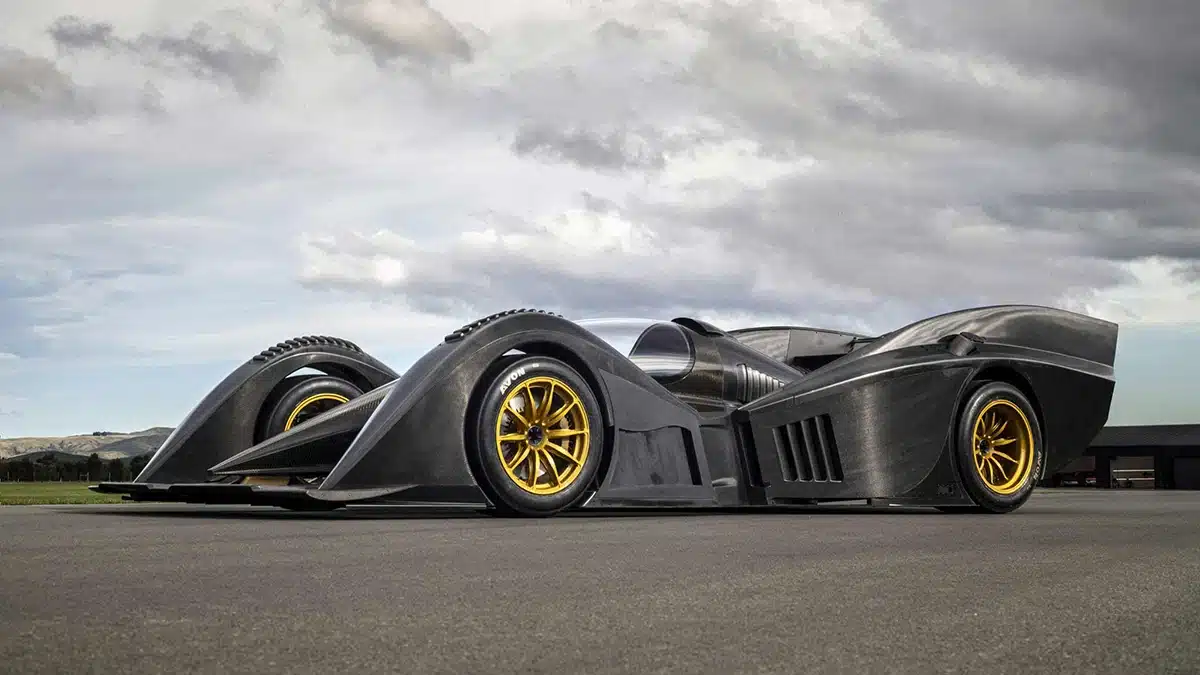
Leave a Reply
You must be logged in to post a comment.